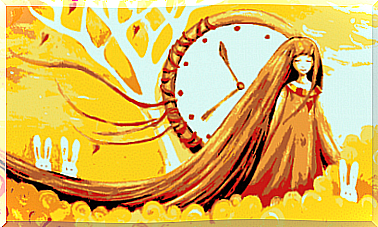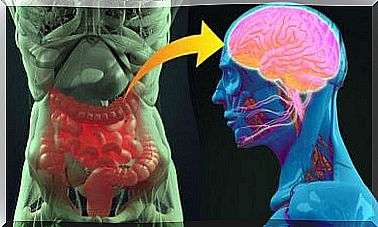Awakening Of Dormant Love

Sleeping love is like a bird in a cage. It exists and lives, we hear its song and heartbeat. But it is unable to open its wings and fly free. This is a situation that many loving couples experience. They feel great affection for each other, and both know it. But they don’t fully express it, and it doesn’t fill their lives with magic.
This feeling can be confusing. You may feel that you no longer love another, even though you still feel affection. But if you are worried about losing another, you can immediately say that it is just a dormant love. Nevertheless, you have doubts. Should I stay in a relationship that doesn’t pulsate? Is it really love or just a habit?
Almost all couples have such questions after several years of living together. A team of researchers from Florida State University, USA, also considered these issues. They designed a study to see if a certain change in a relationship would help make it flourish again. It became clear to them that the answer was yes.
From falling in love to dormant love
We all know that the first steps in a relationship are the most exciting. The first stage we call falling in love is like living in another world. We naturally feel butterflies in our stomachs. But on top of that, it feels like everything suddenly makes sense. Nothing is ordinary, everything is whole and true. It’s like finding a missing piece of a puzzle. When the puzzle is complete, it reveals a joyful and stunning picture.

When we are in love, we get to taste a little eternity. It’s such a special feeling that we never want to give it up. But even though we so desperately want to preserve it, the magic of the early stages begins to disintegrate. Butterflies fly a little slower. We find that in spite of everything, even the infinite has its limits. If love were a dinner plate, we would have ruined the aesthetics of the display (partly because we wanted to) and started eating.
At this point, the relationship is literally disappointing. It’s not uncommon for us to find something on the other side that we don’t like. We step out of our dreams and return to a reality that is always a little unsatisfactory. If the bond with the partner is strong, we will be able to steer through this phase of change and move on to a new phase. It’s not as exciting, but on the other hand it’s deeper.
However, as time goes on, we can also feel nostalgia for what we used to feel. This nostalgia is exactly what makes us wonder if there is more love left. Has it simply changed or does it no longer exist at all.
We may not abandon our partner, but we also do not feel the same enthusiasm as in the beginning. We may not want to end a relationship, but we feel indifferent to it. We also realize that the things we used to be happy to do for our partner are now, to some extent, an obligation.
This is the phase that researchers from Florida State University are researching. They also found the key to resuscitation. Let’s see what it is.
How to awaken dormant love
The researchers found that when it came to dormant love, each person automatically associated their partner with different imaginations and thoughts. These came to mind subconsciously. For example, if a woman sees her partner, her mind reflects the image of the slippers. Or when a man sees his partner, he thinks of a sink full of dishes.

The researchers wondered what would happen if they taught couples to change these automatic mindsets. With this hypothesis in mind, an experiment was conducted that focused on getting each subject to associate their partner with a new, positive image in their mind. Instead of slippers, a woman would see a puppy. The man, on the other hand, would not see the dishes, but the adorable animal.
Psychologists used instrumental conditioning as a method. It gave an award every time a subject combined their partner’s image with something positive. When that didn’t happen, he got a negative reinforcement or nothing. The experiment was performed with 144 pairs of volunteers. To obtain more objective results, positive images were presented for some pairs and neutral for some.
The experiment showed that the researchers ’hypothesis was correct about“ dormant love ”. Those subjects who received a condition of positive association with their partner felt their relationship had recovered. Those who received the condition of neutral association (they were shown, for example, a picture of a fork) did not experience relatively large changes. They showed that love is also something that changes and adapts in the brain and is very sensitive to recollections.

They showed that love can be revived by saving it and strengthening it. The key is to create connections between positive stimuli and the images that couples have of each other. Perhaps for this reason, couples who feel mutual admiration for each other have no problem keeping their love alive and awake.









